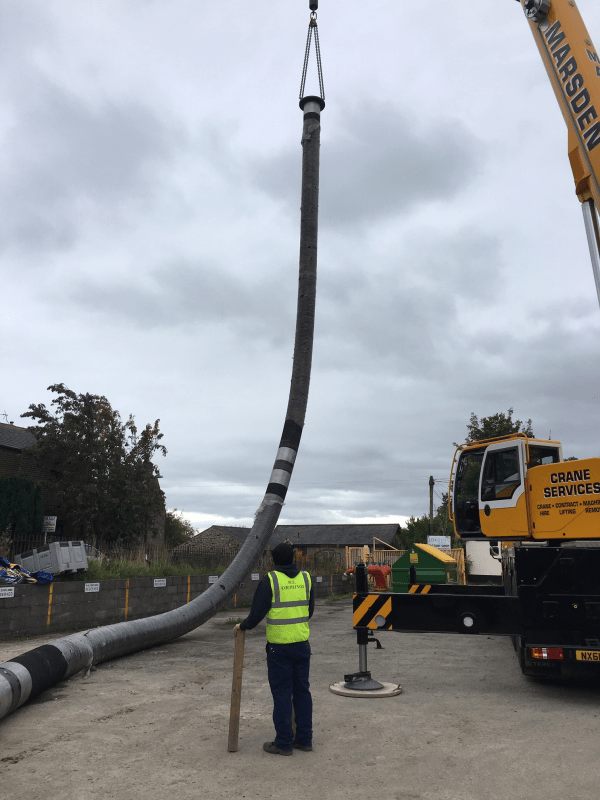Hi Littleinch, Thank you, I ask the question to get unbiased reply, I think if it is a steel pipe going down to the seabed, I agree 70 bar, but with rubber hose i cannot see the theory that you put 10 bar in at the surface it equates to 80 bar at seabed.
I think the hose would expand and stretch until you equal the input point (surface) pressure to equal the pressure at depth. As you cannot compress a solid, any liquid pumped in at the top cannot force greater pressure at the bottom, until it passes the Equilibrium point. (so I was thinking 140 bar required).
Like pumping water up a hill, there is more pressure at the bottom and at the top would just spill out at 1 bar, but the pressure at the bottom is generated by the weight of water. I am hoping you can explain to me as the next point involves calculating the weight of the hose in the water.
The hose is 7.75 kg per mtr, Capacity of a 4" hose is 8.11 ltr per mtr, out side dimension of the hose is 5".
displacement weight of water difference between 4" and 5" is 3.19kg per mtr (the hose in water is heavier by 3.19 kg per mtr)so 700 mtr would be 2,233 kg or is this reduced by pressure at depth. ?
appreciate you time -knowledge, thank you.

